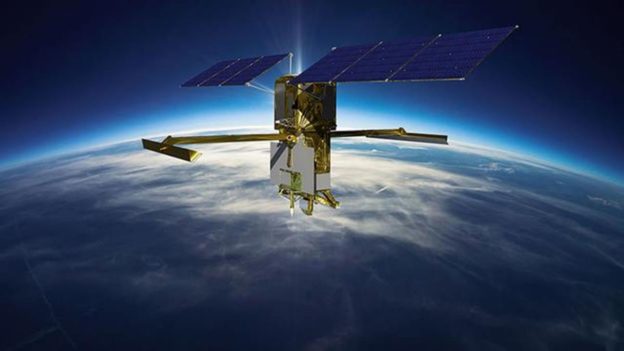The Geospatial Policy provides adequate focus on innovation, involvement of the private sector and presents a time-bound set of actions to achieve the vision.
Having liberalised the use of geospatial data under the draught geospatial data policy in February of last year, the Ministry of Science and Technology published the National Geospatial Policy, 2022, on Wednesday (December 28, 2022).
At its meeting on Dec 16, 2022, the Union Cabinet approved the National Geospatial Policy 2022 with immediate effect.
The policy seeks to establish a high-resolution topographical survey and mapping and a high-accuracy digital elevation model for the entire country by 2030, in addition to developing geospatial infrastructures, skills and knowledge, standards, and enterprises.
The initiative would create a national geospatial data framework and make data “affordably available” to enterprises and the general public. By 2025, the government plans to implement a legal framework that “supports geospatial sector liberalisation and data democratisation for improved commercialisation with value-added services.”
Industry stakeholders have recognised the strategy as a mainly constructive effort by the government to boost India’s emerging commercial geospatial applications and business ecosystem.
In addition to achieving several other objectives, the directive will be implemented over thirteen years to develop a national framework for utilizing geospatial data to improve the quality of services provided to citizens.
By 2025, the government will also want to improve the availability and accessibility of “improved location data” for businesses, including private organisations.
The government intends to create an Integrated Data and Information Framework (IDIF) through which a Geospatial Knowledge Infrastructure (GKI) will be built by 2030.
The mapping of subsurface infrastructure in major cities and towns across India will be one of the goals of the usage of geospatial data by the year 2035. Another goal will be the development of high-resolution, precise bathymetric geospatial data (resources and economy of inland waters and sea surface terrain of shallow and deep seas) to support India’s ‘Blue Economy.’
The National Geospatial Policy outlines the construction and promotion of “geospatial data infrastructure” through a “well-defined custodianship model and data supply chain” to achieve these goals.
In addition, the policy outlines the formation of an apex body at the national level to be known as the Geospatial Data Promotion and Development Committee (GDPDC). The GDPDC will be responsible for providing details on the use of geospatial data in governance across specific ministries and for enabling the development of private startups and companies to work on specific projects.
It would also support the use of National Digital Twin, which is an ecosystem of high-resolution data used to promote connected digital twins among private enterprises “with safe and interoperable data sharing.”
The strategy outlines the creation of 14 National Fundamental Sectoral Geospatial Data Themes that will be used to address various sectors that promote the development of commercial geospatial applications in disaster management, mining, forestry, and others.
In October, the Union Minister of State for Science and Technology, Jitendra Singh, stated that India’s geospatial economy is likely to surpass 63,000 crores by the year 2025, growing at a rate of 12.8%, and employing more than 10 lakh people, the majority of whom are employed through geospatial startups. In his address to the second United Nations World Geospatial Information Congress (UN-WGIC), the minister stated that there were approximately 250 geospatial startups in India during the present boom of technology-driven enterprises. The Indian government has established a Geospatial Incubator to provide a boost. The National Geospatial Policy, 2022 can assist in the growth of India’s commercial sector, which Prakash noted needs to be revised to capture a large share of this industry.
Globally, the geospatial market is estimated to be worth roughly $17 billion, while the space economy is valued at $55 billion.
Industry View
The policy has covered all the points that were raised by the industry, many large user organizations and academia; it provides adequate focus on innovation, involvement of the private sector and presents a time-bound set of actions to achieve the vision.
In an official statement, Agendra Kumar, Managing Director, Esri India has said “The steps defined in the policy for strengthening the Geospatial Infrastructure through new data sets, mapping infrastructure and geospatial technologies will play a fundamental role in achieving the vision of economic development.”
Esri India is an end-to-end Geographic Information Systems (GIS) solutions provider that has supported several departments in establishing mapping and geospatial infrastructure, and “the policy will give a boost to such engagements,” he added.
https://www.financialexpress.com/defence/national-geospatial-policy-designed-to-map-leadership-role-for-india-all-you-want-to-know/2931955/?utm_source=defence_landing_page&utm_medium=article_listing_widget&utm_campaign=Tags





